There is a substantial number of helpful tools at your disposal in Microsoft Word when it comes to writing; grammar check, word count, dictionary, thesaurus, and tons more.

One tool that doesn't necessarily make itself obvious is testing your document's readability. With this built-in tool, you can not only check your spelling and grammar, but also the reading level of your document.
Word uses two types of tests to determine your reading level. Although they use the same information (word length and sentence length), they have different factors that are taken under consideration.
- Flesch Reading Ease
The Flesch Reading Ease portion rates text on a 100-point scale. The higher the score, the easier it is to understand the document. Microsoft Word suggests that the score should be between 60 and 70 for a normal document.
- Flesch-Kincaid Grade Level
The Flesch-Kincaid Grade portion rates your text on a U.S. school grade level: a score of 8.0 means that an eighth grader can understand the document. Anything higher than a 10 will mean the number of years of education generally required to understand that text. Microsoft Word suggests that you aim for a score between 7.0 and 8.0 for most of your writing.
So why would you want to test the readability, anyway? Well, it's a good way to check yourself and make sure you're effectively getting your point across. After all, no one wants the response to their writing to look like this:
In order to check the reading level of your document on Word (and Outlook), you'll first have to enable it by going to Preferences and selecting Spelling and Grammar.

Now just make sure the Show readability statistics box is checked and hit OK.

Now, you'll have to go through the process of checking your spelling and grammar in order to get to the reading level. Once you're finished, the statistics should show up.

With the document I checked, I received a Flesch Reading Ease of 76.7, and my Flesch-Kincaid Grade Level was 7.1, right in-between the recommended 7 to 8 range.
If you don't have Microsoft Word, but still want to check your documents' readability, check out the Document Readability Calculator.
This free online tool calculates readability, along with a bunch of other statistics, like average word length and number of syllables. I checked the same document with this tool and received somewhat different (but not too far off) scores: Flesch Reading Ease of 69.67 and a Flesch-Kincaid Grade Level of 8.23.

You can find many more readability checking tools online just by searching for "test document readability" and similar phrases.
It may not seem like a big deal, but it can be useful in making sure that your composition is appropriate for your intended audience—you definitely don't want to sound dumb, but no one wants to come off as a know-it-all, either.
Photo via From Tokyo to the World





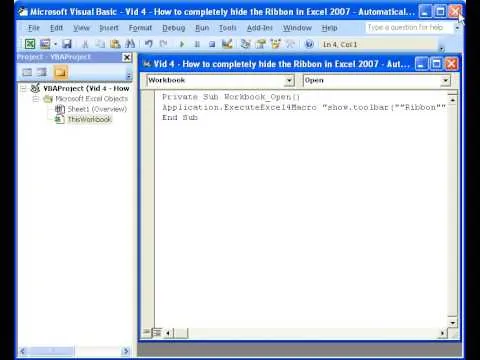
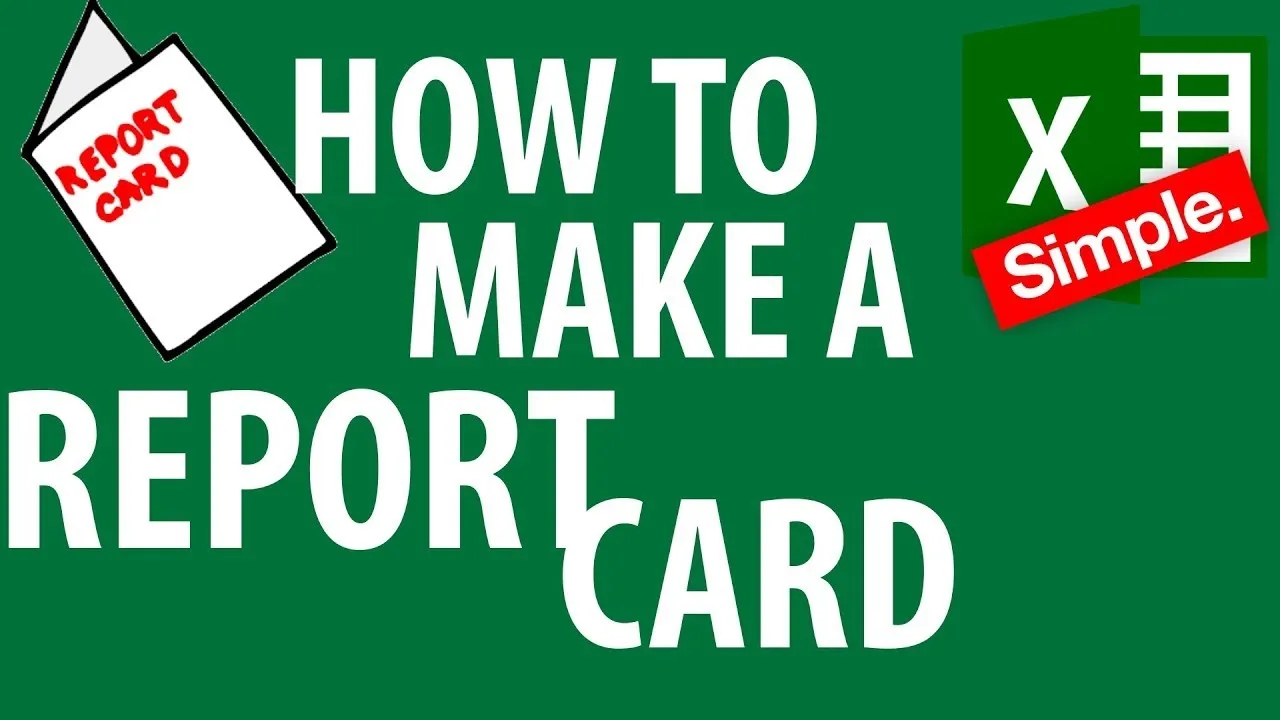


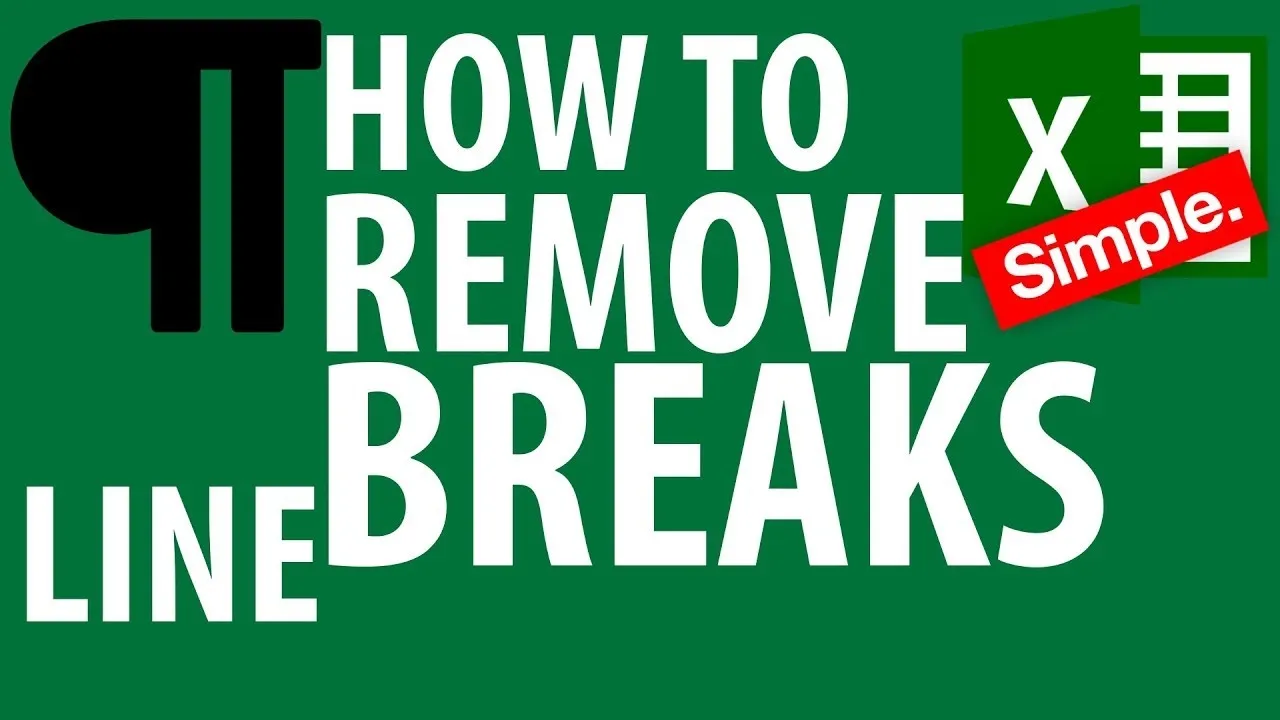
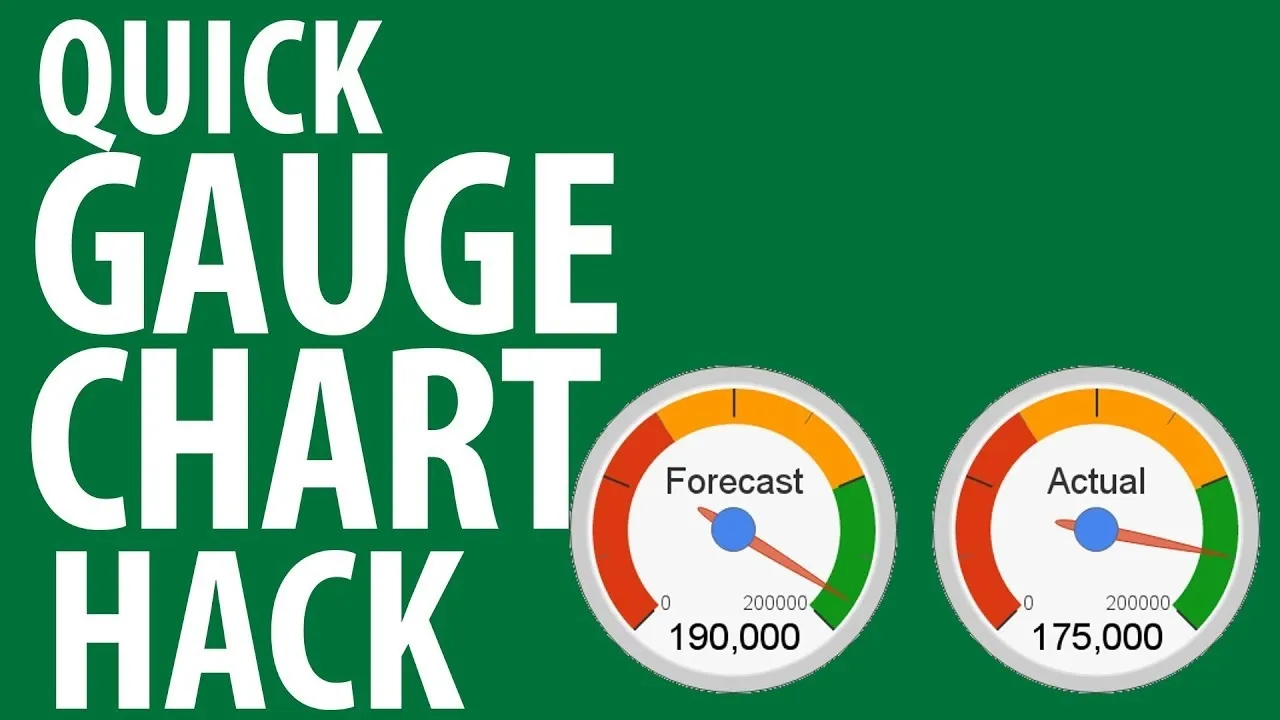


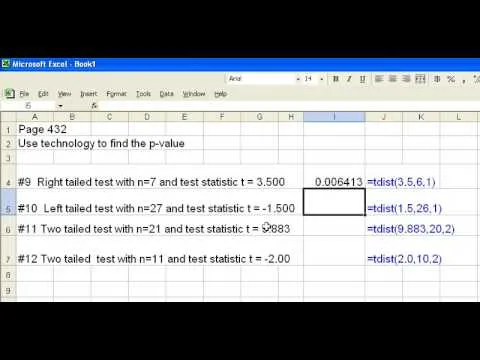
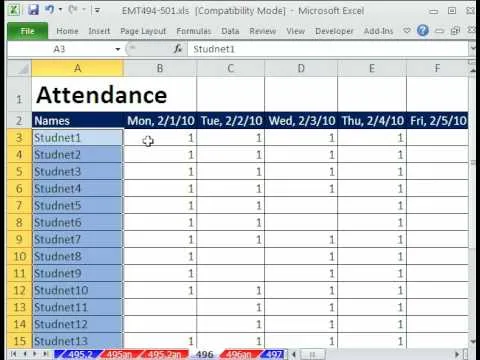

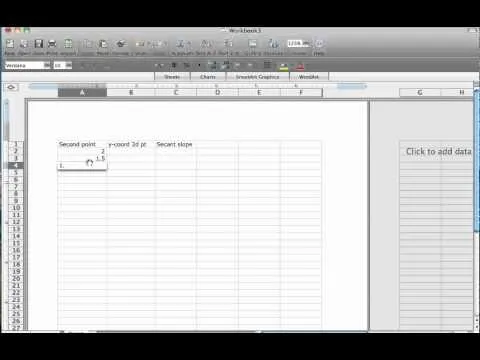
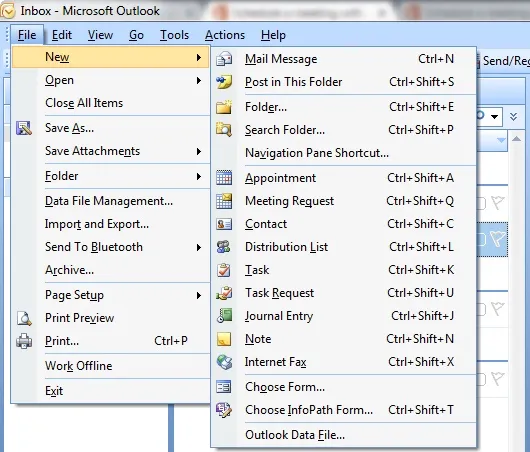
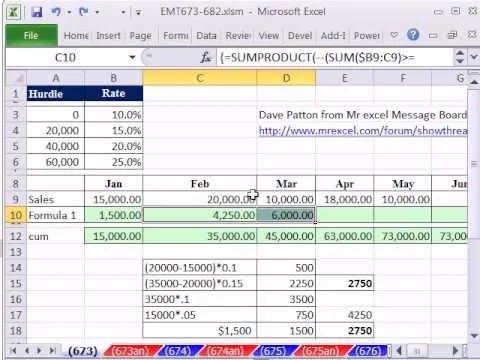


Comments
Be the first, drop a comment!